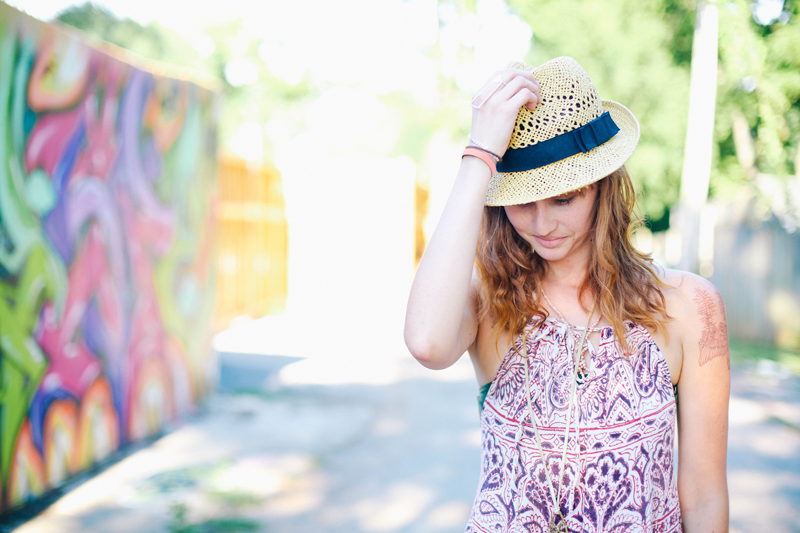About Smartsun
UV Radiation
Both harmful and vital
The sun provides light, heat and ultraviolet radiation (UV radiation). UV radiation can be divided into three groups, UVA, UVB and UVC, depending on the wavelength the radiation has. The energy in the radiation depends on the wavelength and a shorter wavelength means a more energy-rich radiation. A slightly simplified picture of how the radiation affects us is that the more energy the radiation is, the greater the risk of damage.

UVA
UVA radiation is the radiation that is the least energy source. From the sun and from solariums, the bulk of UVA radiation is the UVA. Solaries also usually have a higher proportion of UVA radiation than the natural sun. UVA makes the pigment in the skin dark. UVA penetrates the deeper layer of the skin. It causes the skin to age early and can cause skin cancer. UVA radiation can also break down vitamin D in the skin.
UVB
UVB has wavelengths that are shorter than UVA radiation and therefore more energy energy. The ozone layer in the atmosphere filters out large amounts of the harmful part of the UV radiation and limits the amount of UVB radiation that reaches the ground. It is mainly UVB radiation that causes us to burn if we solar too much. It also causes skin aging and can cause skin cancer. UVB does not penetrate as far down the skin as UVA does.
UVC
UVC radiation is very energy-rich. The sun’s UVC radiation does not reach the ground because all UVCs are absorbed by the atmosphere. UVC radiation is used, for example, in special lamps to kill bacteria. The sensitivity to solar radiation is due inter alia to on what skin type you have. There are six different skin types with different sensitivity to solar radiation. The lower the number, the more reason to be careful. Skin type 1 should always protect itself while skin type 4-6 does not need to be as careful.
What’s my skin type?
A good way to help prevent sunburns is by understanding what skin type you have. Often, the amount of exposure to UV rays you can have depends on your skin type. Therefore, it is beneficial to be familiar with the Fitzpatrick scale, which is commonly used by dermatologists.
The scale categorizes people into six general areas based on the levels of melanin in their skin, after exposure to sunlight. Smartsun’s products are specially developed for the most sensitive skin types.
Type 1
Type one typically has light, ivory skin, with cooler undertones, but when exposed to the sun always burns and peels. Generally, this skin type is not able to tan, and is the most sensitive to UV radiation.
Type 2
Similar to type one, type two has light to fair complexion, blonde hair, and burns quickly in sunlight. Often this type can’t tan, and also must take serious precaution when outdoors.
Type 3
Type three has a medium complexion with a beige tint to the skin, and hair color ranges from darker blonde to brown. When exposed to sunlight this type is able to tan but can burn.
Type 4
Whereas the previous type had fairer skin tones, type four has a lighter brown tone, or an olive complexion. Generally, this type has brown to black hair, can tan easily, and rarely burns.
Type 5
Type five has natural brown skin with warmer undertones, and darker hair. They always tan when exposed to sunlight.
Type 6
The final type has the darkest skin tone with natural black hair. Type six, never burns, and tans quickly when in direct sunlight.
